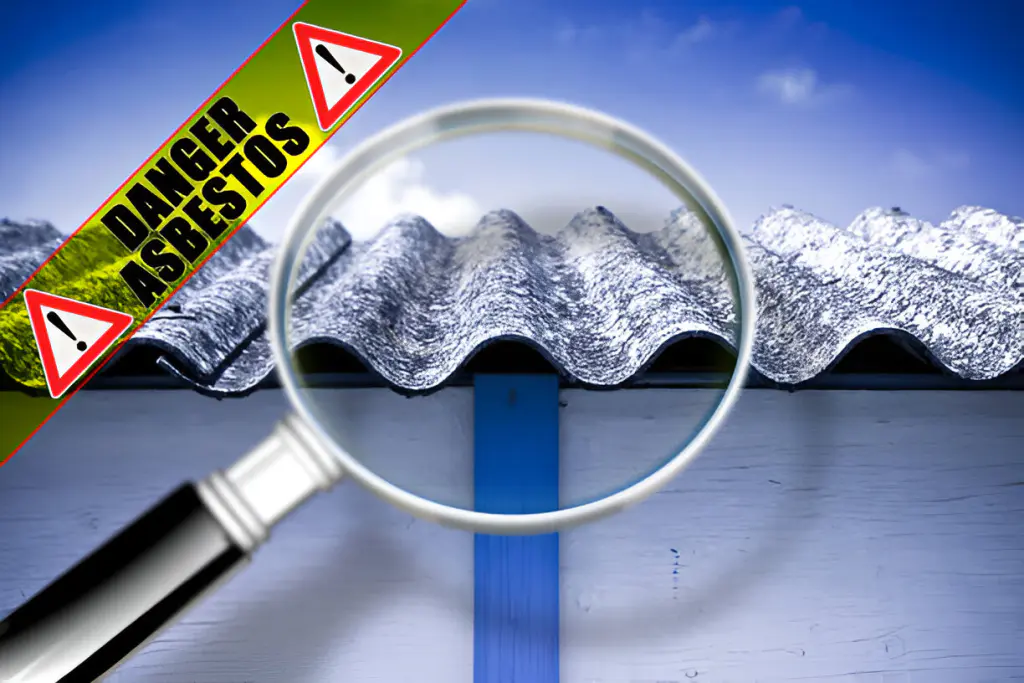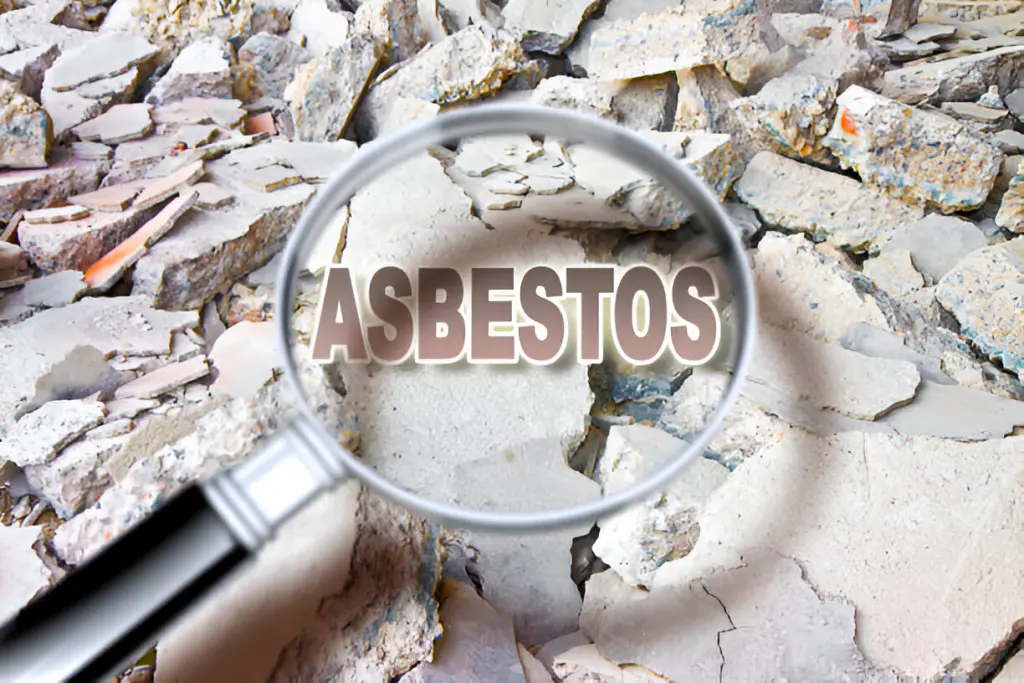Asbestos, once valued for its heat-resistant qualities, is now known to pose serious health risks, including lung cancer and mesothelioma. If your property was built or renovated before 2000, it could contain hidden asbestos. Protect your health and safety by identifying potential asbestos threats. Let’s explore Asbestos Risk: How to Know If Your Property Requires a Survey.
The question then arises: does your property require an asbestos survey? This initial step is crucial in assessing the presence of asbestos-containing materials (ACMs) and determining the appropriate management or removal protocols. To navigate the complexities of asbestos regulations and ensure safety, understanding when and why to schedule a professional asbestos survey is essential. Knowing these factors could significantly impact both health and legal compliance, but how does one make that determination effectively?
Understanding Asbestos Regulations
Understanding asbestos regulations is crucial for anyone involved in managing or renovating buildings that may contain this hazardous material. The Control of Asbestos Regulations (CAR) 2012 governs how asbestos is managed in non-domestic premises throughout the UK. These regulations are designed to protect employees and the public from the risks associated with asbestos exposure. Compliance requires a duty holder, typically the property manager or owner, to take active steps to identify, assess, and manage asbestos safely.

Duty holders must conduct necessary surveys to locate and assess the condition of asbestos-containing materials (ACMs). The findings must be documented in an asbestos register, which is kept updated and accessible. This register is a key component of the management plan, outlining the location, condition, and any remedial measures or monitoring processes needed. The plan should also detail procedures for emergencies and outline responsibilities for managing the risks.
Furthermore, CAR 2012 mandates that all employees likely to come into contact with or manage asbestos receive appropriate training. This ensures they understand the risks and the necessary precautions to take when working in environments where asbestos is present.
Compliance is not just a legal obligation but a moral one, ensuring safety and health at the workplace.
Identifying Affected Properties
Many properties built before 2000 may contain asbestos, necessitating thorough inspections to identify the presence of this hazardous material. Asbestos, extensively used in construction for its fire-resistant properties, can be found in a variety of building materials from insulation to floor tiles.
The identification of potentially affected properties is a critical initial step for owners and managers, especially of non-domestic buildings, to ensure compliance with health and safety regulations.
The scope of identification extends beyond visual assessments, requiring detailed historical analysis of building construction documents to ascertain periods when asbestos-containing materials (ACMs) were likely used. This historical review should be complemented by a professional preliminary site inspection aimed at spotting suspect materials that might contain asbestos.
Properties most at risk include those constructed or significantly renovated between the 1950s and late 1990s.
For property managers and owners, recognizing the types of buildings and specific construction phases prone to asbestos use is instrumental. Educational institutions, industrial sites, and residential complexes built during these decades often require more rigorous inspections.
Understanding the construction history and any previous asbestos assessments or removals is essential for accurate and effective management of asbestos-related risks.
Steps for Regulatory Compliance
Compliance with asbestos regulations is a critical responsibility for property managers and owners of buildings constructed before 2000. The first step involves conducting a thorough assessment to identify any potential asbestos-containing materials (ACMs) within the property. This is crucial for forming the basis of a comprehensive asbestos management plan.
Once potential ACMs are identified, the next step is to assess the risk associated with these materials. Factors such as the condition of the ACMs, their location, and the likelihood of disturbance must be evaluated to determine the potential exposure risk to occupants.
Following the risk assessment, property managers must develop and implement a detailed asbestos management plan. This plan should outline the procedures for monitoring the condition of ACMs, implementing necessary controls to prevent disturbance, and conducting regular reassessments to ensure ongoing compliance with health and safety regulations.
Documentation is also a key element of regulatory compliance. Maintaining accurate records of the presence of asbestos, risk assessments, management plans, and any remedial actions taken is essential.
These documents must be accessible to building occupants and regulatory bodies upon request, demonstrating proactive and compliant asbestos management.
Overview of Asbestos Surveys
Asbestos surveys are essential tools used to identify and assess the presence of asbestos-containing materials (ACMs) in buildings, particularly those constructed before the year 2000.

These surveys are crucial for managing the health risks associated with asbestos, as exposure can lead to severe respiratory conditions, including asbestosis and mesothelioma. Conducting a thorough survey is integral to compliance with health and safety regulations, ensuring that all potential ACMs are accounted for and managed effectively.
The main objectives of an asbestos survey include:
- Locating ACMs within the property: This involves a detailed inspection of the premises to identify materials that may contain asbestos. All areas including difficult-to-reach spaces must be systematically assessed to ensure no ACM is overlooked.
- Determining the condition of ACMs: Evaluating the state of ACMs is vital to assessing potential risks. Materials that are damaged or susceptible to damage pose a higher risk of fiber release and require immediate attention.
- Documenting and reporting findings: A comprehensive report is generated detailing the location, condition, and type of asbestos found. This document serves as a foundational element for the asbestos management plan, guiding future actions and ensuring regulatory compliance.
Differentiating Survey Types
While both Management Surveys and Refurbishment/Demolition Surveys are fundamental in asbestos risk management, distinguishing between the two is critical for ensuring appropriate measures are taken following the specific needs of a building.
Management Surveys primarily aim to manage ACM (asbestos-containing materials) during normal occupancy, identifying materials that could be disturbed or damaged in routine conditions. This survey type is less intrusive and focuses on maintaining safety while the building continues to be used without significant renovation work.
On the other hand, Refurbishment/Demolition Surveys are necessary when a building is due for renovation, refurbishment, or demolition. These surveys are much more intrusive, as they must locate and describe all ACM before any structural work begins, ensuring that no asbestos-containing materials are overlooked.
This type of survey is vital for preventing asbestos exposure during activities that could disturb the building fabric.
Understanding the specific circumstances and requirements of your building will dictate which survey type is appropriate. Engaging a certified asbestos professional to conduct the right survey ensures compliance with health and safety regulations and provides essential protection for all occupants and workers involved.
Implementing Safety Measures
Understanding the differences between Management Surveys and Refurbishment/Demolition Surveys sets the stage for implementing robust safety measures. The selection and execution of the appropriate survey type are critical in ensuring that all asbestos-containing materials (ACM) are accurately identified and managed, thereby minimizing the risk of asbestos exposure to workers and occupants.

To ensure effective implementation of safety measures, follow these key steps:
- Develop a Comprehensive Asbestos Management Plan: This plan should detail how identified ACM will be managed, encapsulated, or removed following legal requirements. It is essential to outline responsibilities, schedules for re-inspections, and the protocol for emergencies.
- Training and Awareness: All personnel involved in handling ACM must be properly trained. This includes understanding the hazards associated with asbestos, the use of personal protective equipment (PPE), and the procedures for safe handling and disposal.
- Regular Monitoring and Re-assessment: As conditions change, the initial risk assessment should be reviewed regularly. This includes reassessing the condition of ACM and updating the management plan accordingly to reflect any new risks or changes in the building structure.
Conclusion
In conclusion, property owners must adhere to asbestos regulations to mitigate health risks associated with asbestos exposure. Buildings constructed before 2000 warrant particular attention for potential asbestos-containing materials. Comprehensive asbestos surveys, conducted by certified professionals, are essential for identifying the presence of asbestos and formulating effective management strategies. Different survey types cater to varying property conditions, ensuring all safety measures are precisely tailored to address specific asbestos-related hazards and comply with legal standards.









